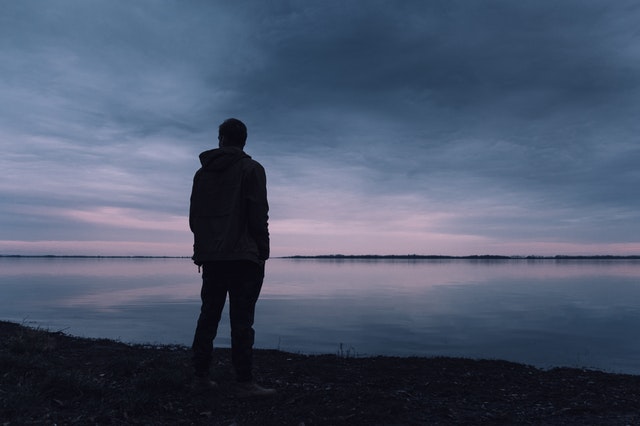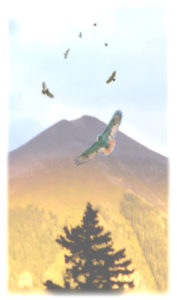For the sake of this article, I’m using the label ”non-violent self-improvement” to talk about an approach of intentionally directed self-care that respects our humanity, our fears and hurts, while patiently, gently, focusing our attention towards the good. Particularly I want to talk about bringing experiences of safety, strength and grit, compassion and healing, into our ancient hurt places in ways that help to build new beneficial pathways. By ”build” I include positive neuroplasticity, where over time and with intentional approach new positive neural pathways can grow within the complex systems involved in trauma; pathways that not only help to “ease the freeze,” but make the resources we need to get through a tough time more accessible. Within the psyche of our wounds, it’s not only about unlocking doors that reveal a brighter landscape but about getting to a place where we are able to walk through that door towards the brightness.
One of the benefits of the approach of nonviolent self-improvement is that it helps us to develop a more reliable radar for well being within the process of navigating life. We can better sense what is helping or hindering on a more nuanced level. Whatever the practices we employ, meditation, mindfulness, empty awareness, compassion, heart-wise reasoning, prayer, exercise and play, pleasure (almost anything goes if it is pragmatically helpful), we can contradict the benefits by trying to get it right too hard. The hardwired negativity bias of our survival genetics pops up, and we impatiently try to get through the door to feeling and behaving better by banging away it. That usually doesn’t work very well, and just continues to embed the traumatized pathways.
Nonviolent self-improvement is about sensing paths of least resistance, detecting the current that takes us around or through rough stretches in this river of life, while intentionally building strengths and resources that not only help us to get to calmer waters but reach in and become available at the source of our vulnerabilities. Eventually our courage and love grow to become the stronger current.
In the arena of creativity and completion, the skills of nonviolent self-improvement are foundational. The creative process involves belief, action, and surrender, over and over again. We try things out. Sometimes they work and sometimes they don’t. We may thrash around for, hopefully, a short while. Eventually, we learn that being kind and gentle with ourselves works better. From that kindness, we pick ourselves up and keep moving.
Like life, the creative process involves tremendous perseverance and forgiveness. It requires the need to be critical at the right times, and the ability to be disappointed without being defeated. It often requires a good deal of nonviolent self-improvement to complete a creative work, to finish the song or book, to admire the sculpture that now stands on its own.
I encourage you to pause in the midst of a struggle and take a moment to sense a direction that brings peace and possibility. I encourage you to trust that nonviolent self-improvement in time will instill the resources you need to not only survive – but to thrive.

